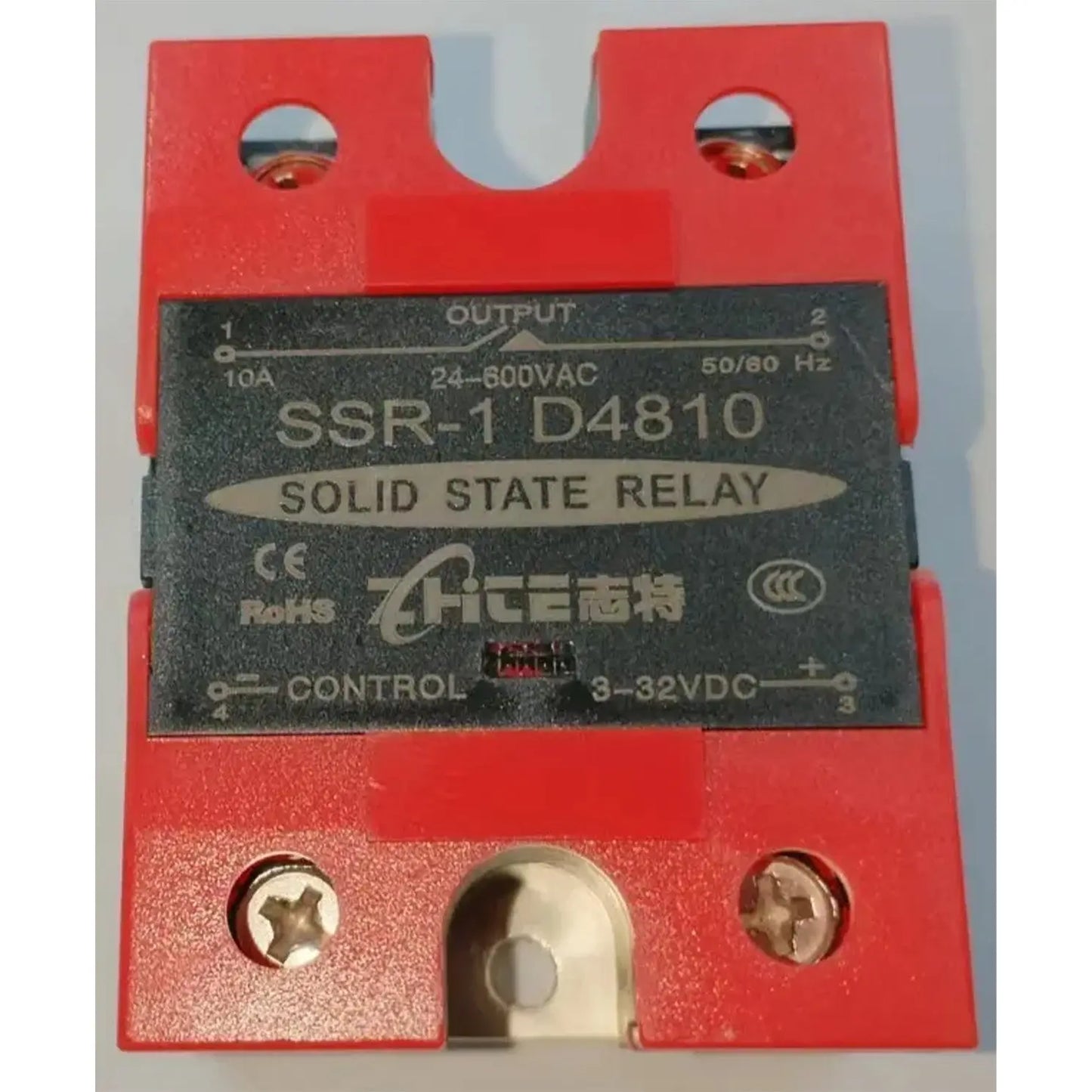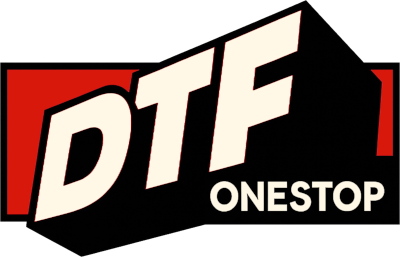1
/
of
1
Solid state relay (AC220V 10A)
Solid state relay (AC220V 10A)
Regular price
$24.00
Regular price
Sale price
$24.00
Shipping calculated at checkout.
In stock
Couldn't load pickup availability


